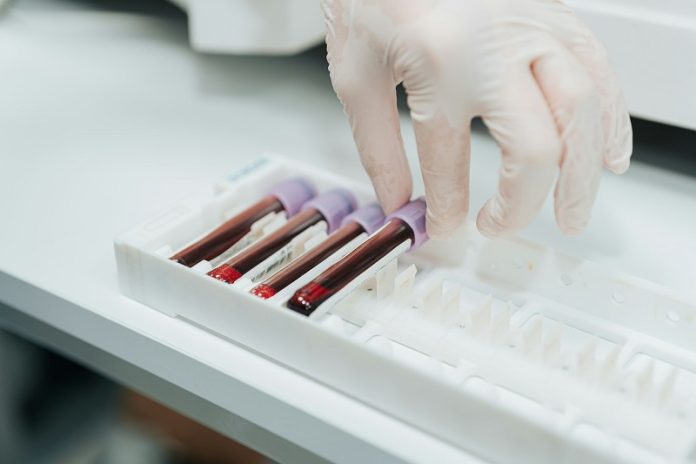
A quick blood test might help doctors tell the difference between bleeding strokes and clot-caused strokes before patients even reach the hospital, according to a new study to be presented at the American Stroke Association’s International Stroke Conference 2025.
The findings could lead to faster treatment and better survival rates for people with stroke symptoms, especially if confirmed in larger trials.
Strokes are medical emergencies that require fast, accurate diagnosis. But not all strokes are the same. Some are caused by a blocked blood vessel (called ischemic strokes), while others are due to bleeding in the brain (called hemorrhagic strokes).
These two types need opposite treatments: clot-busting drugs help ischemic strokes but would be dangerous in a bleeding stroke. Right now, doctors rely on brain scans to figure out which kind of stroke a patient is having. But scans take time—and time is brain.
In this new study, researchers tested whether a protein in the blood called glial fibrillary acidic protein (GFAP) could act as an early signal for a bleeding stroke. GFAP is released into the bloodstream when brain cells are damaged, and it’s already used to assess traumatic brain injuries.
The study found that GFAP levels were much higher in people with bleeding strokes than in those with clot-caused strokes or other conditions that mimic stroke, like seizures or migraines.
The research team, led by Dr. Love-Preet Kalra from RKH Hospital Klinikum Ludwigsburg in Germany, collected blood samples from 353 patients who arrived at the emergency room within six hours of having stroke symptoms.
Before arriving at the hospital, emergency medical teams drew blood and sent it for testing using a portable analyzer. The patients later underwent brain scans, which confirmed 76 had bleeding strokes, 258 had clot-related strokes, and 19 had conditions that only looked like strokes.
The key findings include:
GFAP levels were almost 7 times higher in people with bleeding strokes than in those with clot-caused strokes (208 vs. 30 pg/mL).
GFAP levels were more than 4 times higher than in patients with stroke mimics (208 vs. 48 pg/mL).
A GFAP level below 30 pg/mL could safely rule out a bleeding stroke in people with moderate to severe symptoms.
The test correctly identified bleeding strokes with 90% to 95% accuracy when using age-specific cutoffs.
Dr. Kalra was especially surprised by how high GFAP levels were in bleeding stroke patients who were taking blood thinners, which are known to increase the risk and severity of bleeding in the brain.
If further studies support these results, GFAP testing could one day allow ambulance crews to start the right treatments much earlier. For example, doctors might begin lowering blood pressure or reversing blood-thinner effects before patients even reach the hospital.
In the future, treatments like clot-busting drugs or blood thinners might even be given in the ambulance, once a stroke type is confirmed.
However, there are a few challenges to overcome. Right now, testing GFAP requires a centrifuge to separate blood components, which most ambulances do not have. GFAP levels also rise with age, which could make it harder to detect small bleeding strokes in older adults. More research is needed to see how the test performs in larger and more diverse populations.
Dr. Louise D. McCullough, a stroke expert from Houston who was not involved in the study, said the results are promising. “GFAP could become a useful prehospital test for identifying brain bleeds, but we need larger studies, better technology, and widespread access to make it work in real-life emergency settings,” she said.
In short, a simple blood test might one day help paramedics and doctors quickly tell whether a stroke is due to a clot or a bleed—before the patient even gets to the hospital. If confirmed, this could mark a big step forward in stroke care, helping patients get the right treatment faster and improving their chances of recovery.
If you care about stroke, please read studies about how to eat to prevent stroke, and diets high in flavonoids could help reduce stroke risk.
For more health information, please see recent studies about how Mediterranean diet could protect your brain health, and wild blueberries can benefit your heart and brain.
Copyright © 2025 Knowridge Science Report. All rights reserved.



